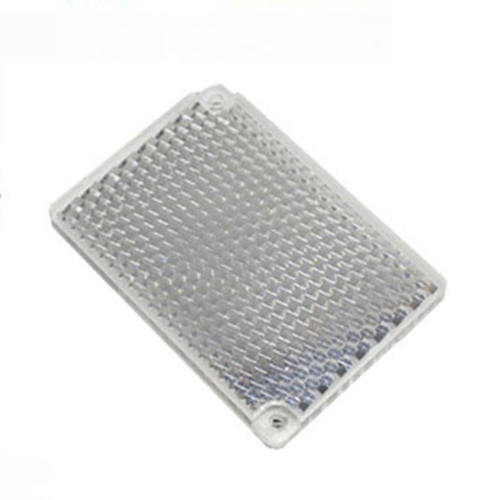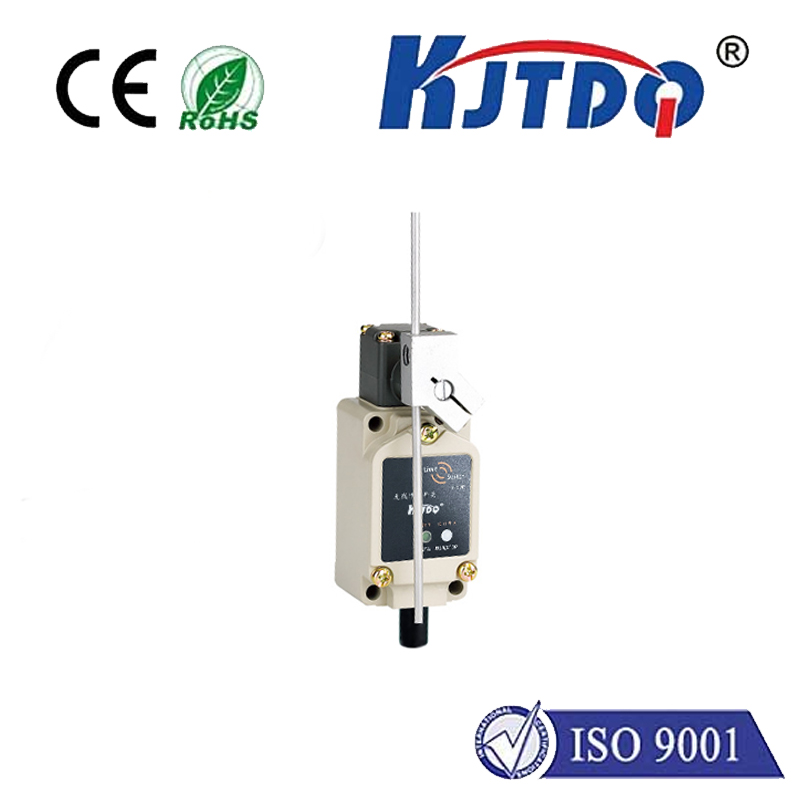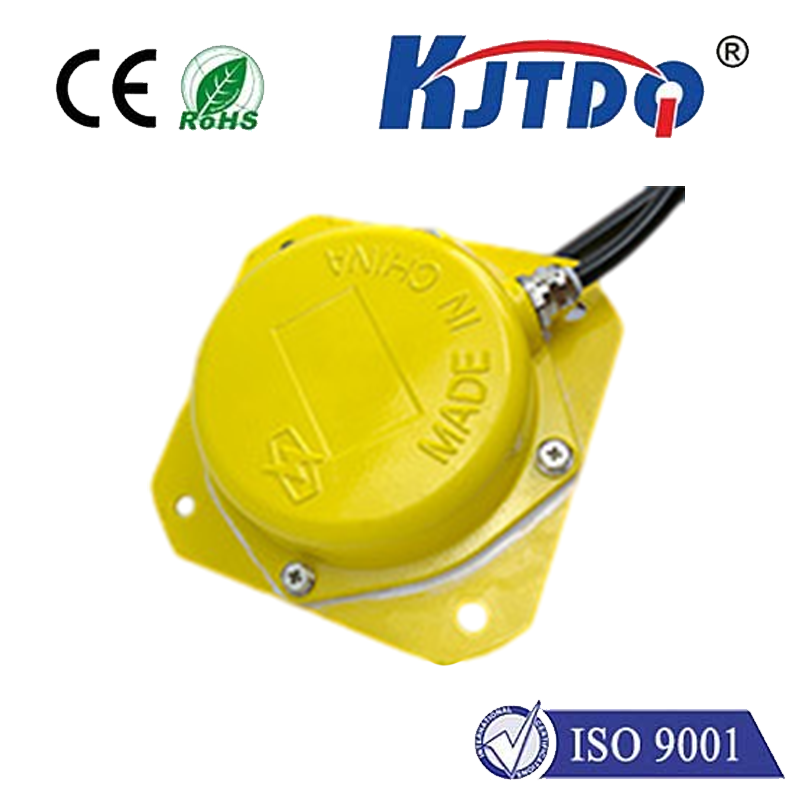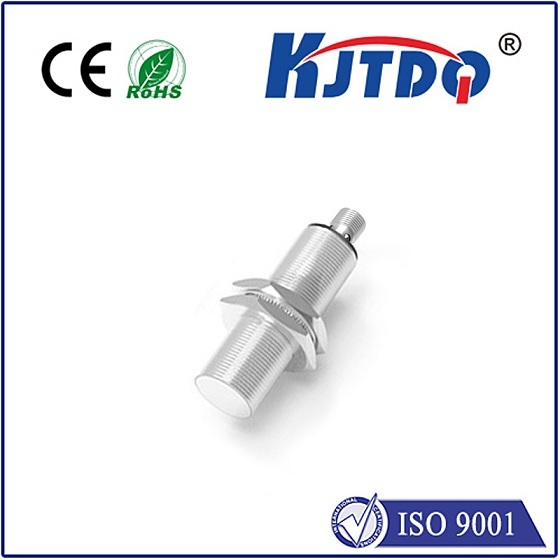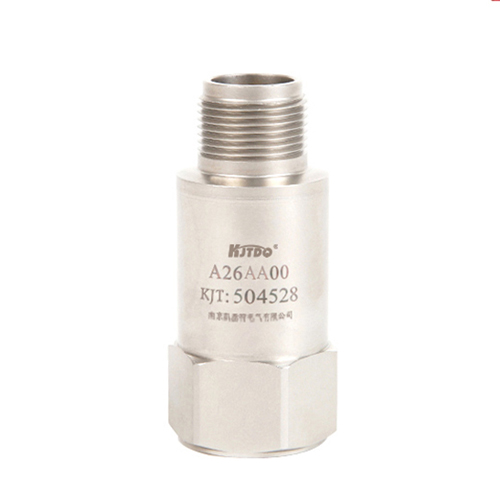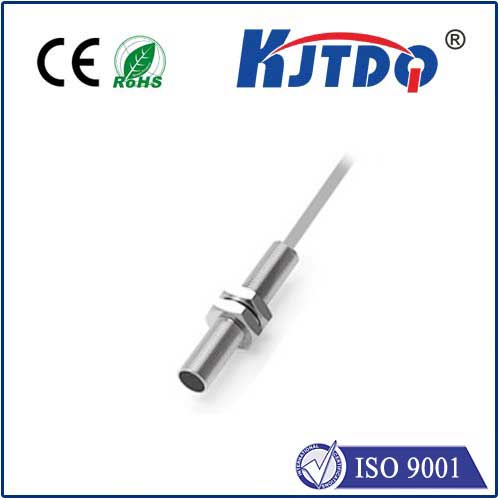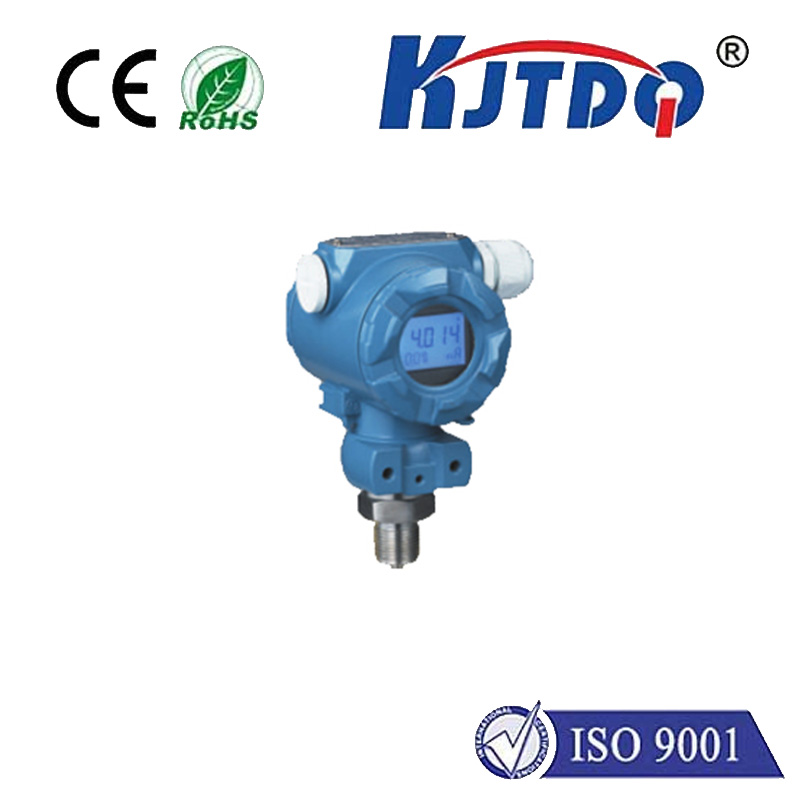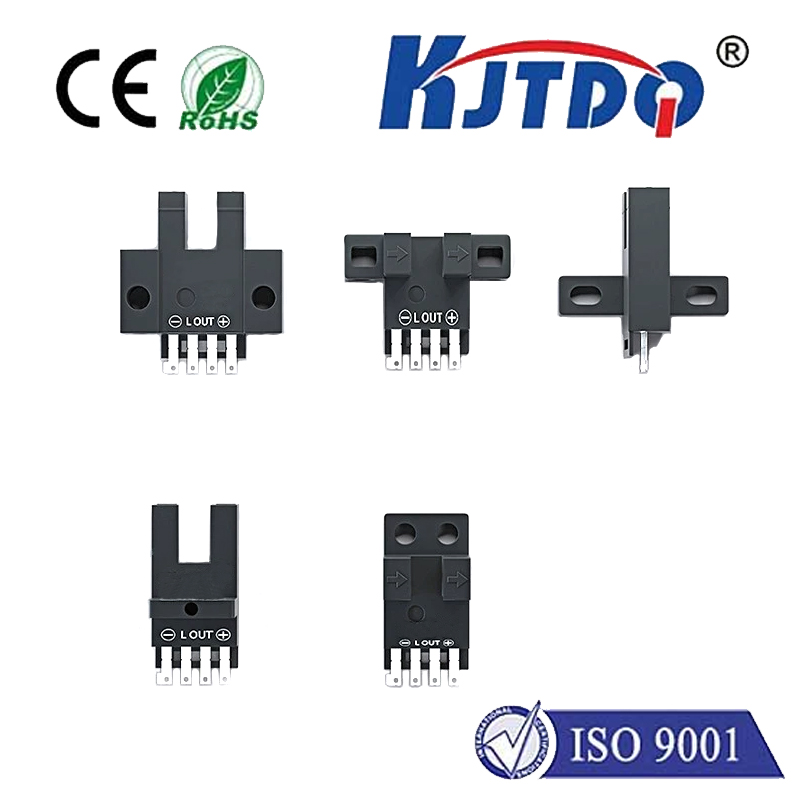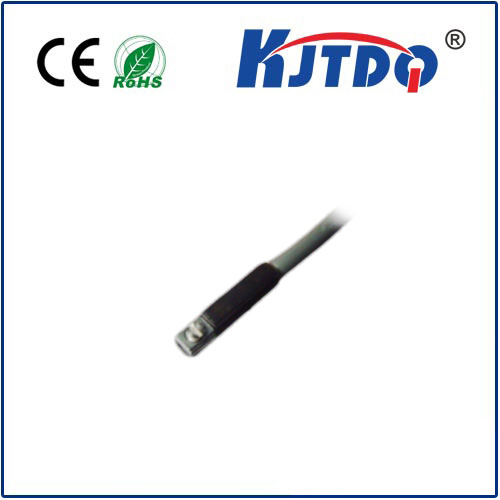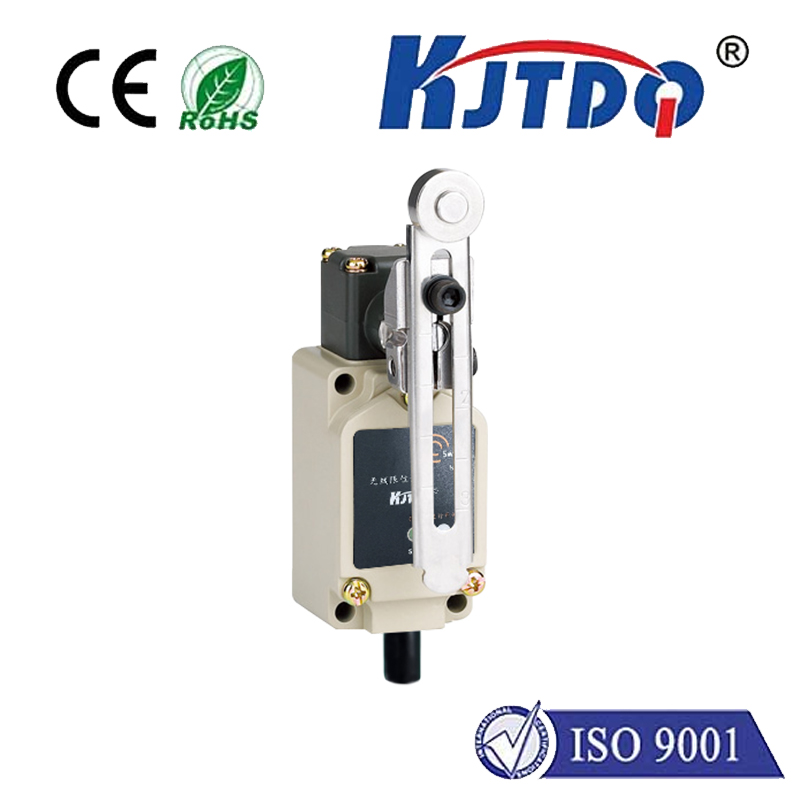BES001K high pressure proximity sensor
- time:2025-10-17 17:43:06
- Click:0
BES001K: Your Robust Solution for Reliable Sensing in High-Pressure Environments
Imagine a critical hydraulic cylinder consistently failing mid-operation, bringing an entire production line to a costly standstill. Troubleshooting reveals the culprit isn’t the cylinder itself, but a sensor damaged by relentless pressure surges within the system. This scenario is all too familiar in demanding industrial settings. When pressure isn’t just a factor but a constant, formidable force, standard sensors simply aren’t equipped to survive. This is precisely where purpose-built components like the Balluff BES001K High Pressure Inductive Proximity Sensor step into the spotlight.
Understanding the title “BES001K high pressure proximity sensor” reveals its core value proposition. The BES001K refers to a specific, robust model (from manufacturers like Balluff) within the broad category of inductive proximity sensors. Its defining characteristic is its exceptional ability to operate reliably and accurately in environments subject to very high pressure. Unlike standard sensors that might deform, leak, or fail under such conditions, the BES001K is engineered to withstand these forces, making it indispensable for specific high-stakes applications.
Why High Pressure Poses a Unique Challenge for Sensors
Proximity sensors detect the presence or absence of objects without physical contact, typically using electromagnetic fields (inductive), optics, or ultrasonics. While robust in many ways, conventional sensors have inherent vulnerabilities:

- Housing Integrity: Extreme pressure can cause plastic or thin-metal housings to crack, deform, or implode.
- Seal Failure: Pressure differentials can force media (oil, water, gas) past seals designed for normal atmospheric pressure or mild conditions.
- Internal Component Stress: Pressure acts on all components, potentially damaging electronics, moving internal parts, or shifting calibration.
- Performance Degradation: Even if the sensor doesn’t fail catastrophically, pressure can affect sensing distance accuracy or signal stability.
Enter the BES001K: Engineered for Resilience
The BES001K addresses these challenges head-on, representing a class of sensors specifically fortified for high-pressure duty. Key features defining its capability include:
- Exceptional Pressure Resistance: This is the defining trait. The BES001K is rated to withstand pressures far exceeding those standard inductive sensors can handle, often in the range of several hundred bar (or thousands of PSI). This allows it to be installed directly within pressurized chambers, cylinders, or pipelines. For example, its suitability for hydraulic positioning sensors is a key application.
- Ruggedized Housing: Typically constructed from high-grade stainless steel (like V4A/316L), the sensor body is built thick-walled and robust to resist deformation or collapse under immense forces.
- Superior Sealing: Advanced sealing technologies (high-pressure O-rings, specialized geometries, sometimes welded seals) are employed to prevent media ingress, ensuring longevity and consistent operation even under fluctuating pressures.
- Stable Inductive Sensing Core: At its heart lies a reliable inductive sensing element. This technology excels in detecting metallic targets (like piston rods in cylinders) through non-metallic barrier materials, making it ideal for sensing piston position inside sealed, pressurized hydraulic cylinders.
- Temperature Tolerance: High-pressure environments often coincide with elevated temperatures. The BES001K is designed to maintain functionality across a broad industrial temperature range, ensuring reliability in hot hydraulic systems.
- Mounting Flexibility: Its compact cylindrical design (often M8, M12, or M18 threaded barrels) and variants like flush-mountable versions (BES 516-325-S4-C) allow for installation in confined spaces and avoiding protrusions that could be damaged. Easy integration is a significant advantage.
Where the BES001K Shines: Key Applications
Its unique pressure tolerance opens doors to applications where standard sensors would fail prematurely:
- Hydraulic Cylinder Position Feedback: This is the quintessential application. Mounted directly on the cylinder barrel, the BES001K reliably detects the piston rod’s position for end-of-stroke confirmation, mid-stroke positioning, or preventing over-travel – critical for control, safety, and efficiency in presses, injection molding machines, construction equipment, and marine systems.
- High-Pressure Fluid Systems: Monitoring valve positions, gate closures, or actuator states within pipelines or vessels handling hydraulic oil, water, or other fluids at extreme pressures.
- Die Casting Machines: Sensing plunger positions or mold closures within environments experiencing significant pressure spikes during the injection process.
- Test Benches & Pressure Vessels: Verifying component positioning or status under simulated or actual high-pressure testing conditions.
- Offshore & Subsea Equipment: Where environmental pressures and the demands of hydraulic controls are exceptionally high.
The Tangible Benefits of Choosing a High-Pressure Sensor like the BES001K
Opting for a sensor specifically designed for pressure, such as the BES001K, delivers significant operational advantages:
- Enhanced Uptime & Reduced Downtime: The primary benefit is drastically reduced sensor failures. By not being the weak link, the BES001K minimizes unplanned stops for sensor replacement, keeping production lines running and machinery operational.
- Lower Total Cost of Ownership (TCO): While the initial cost might be higher than a standard sensor, the extended service life, reduced maintenance needs, and avoidance of costly downtime quickly offset this. Fewer replacements mean lower long-term costs.
- Increased Process Reliability & Safety: Consistent, accurate sensing directly translates to more reliable machine control and process outcomes. Knowing a position sensor will function correctly under pressure is vital for safety in systems like presses or heavy lifting equipment.
- Simplified Design & Installation: The ability to mount the sensor directly in the pressurized zone often eliminates the need for complex external linkages, seals, or remote sensing solutions, simplifying machine design and maintenance.
- Robust Performance in Harsh Conditions: Beyond just pressure, the construction inherently provides resistance to shock, vibration, and various industrial fluids, making it suitable for tough factory environments.
Essential Considerations for Implementation
Integrating the BES001K successfully requires attention to detail:
- Pressure Rating: Always verify the specific sensor variant’s pressure rating (e.g., a BES-516-325-S4-C might have different specs than a BES-618-325-S4-C) against your application’s maximum operating pressure, including potential spikes. Never exceed the specified pressure limit.
- Media Compatibility: Ensure the housing material (stainless steel type) and seals are compatible with the fluid or gas in the pressurized environment (hydraulic oil, water glycol, etc.).
- Temperature Range: Confirm the sensor’s operating temperature range aligns with the application’s ambient and process temperatures.
- Sensing Distance & Target Material: Choose the model (standard sensing or reduced/flush sensing distance) and ensure it’s suitable for the metallic target material (steel, stainless steel, aluminum). Non-ferrous targets typically require shorter sensing distances.
- Electrical Specifications: Select the correct output type (PNP/NPN, NO/NC) and voltage (10-30V DC typical) to match your control system. Cable or connector variants matter for installation ease.
In the relentless world of industrial automation and heavy machinery, components that can endure extreme conditions without faltering are invaluable. The BES001K high pressure proximity sensor exemplifies this principle. It transforms a critical vulnerability—exposure to high pressure—into a non-issue, enabling reliable, continuous operation where it’s needed most. For engineers seeking dependable position feedback in hydraulic cylinders, pressurized tanks, or any high-force application, specifying a sensor built for the pressure, like the BES001K, is not just a choice—it’s a fundamental requirement for robust and efficient system design. Its resilience ensures signals are delivered when they matter most, maintaining control and






